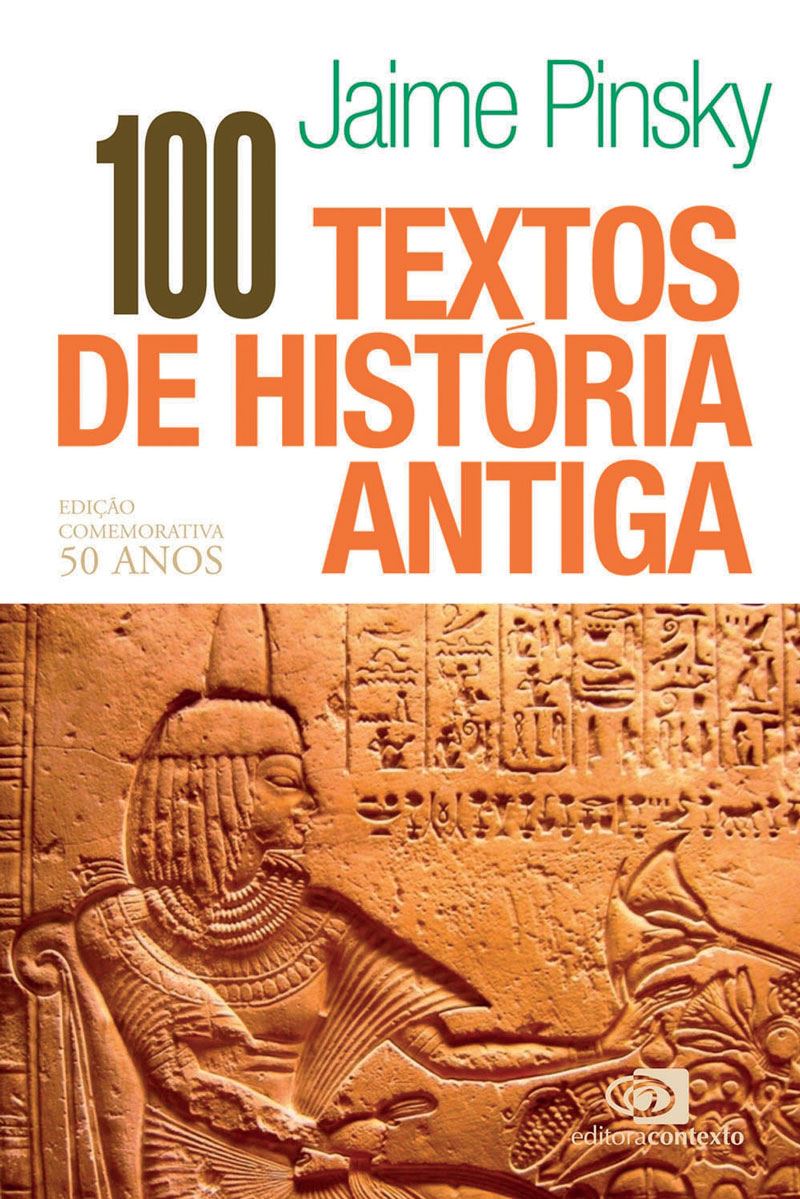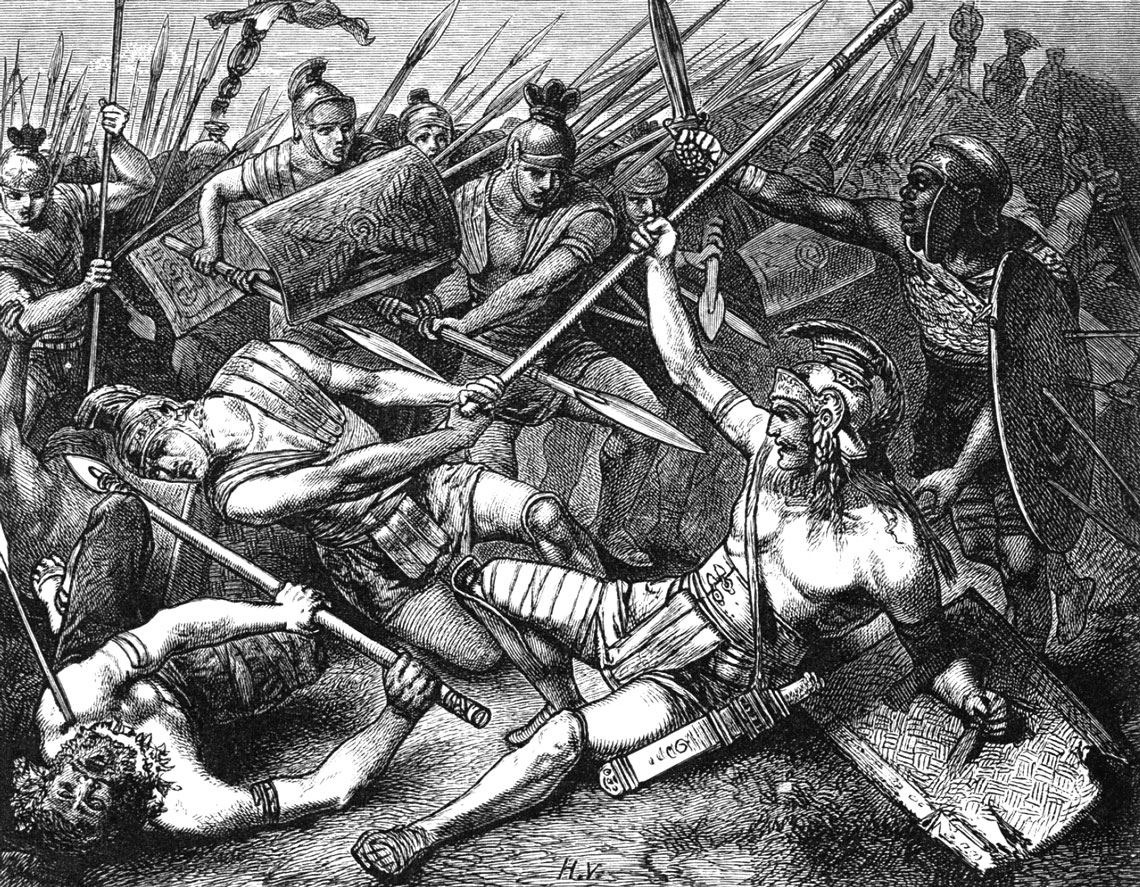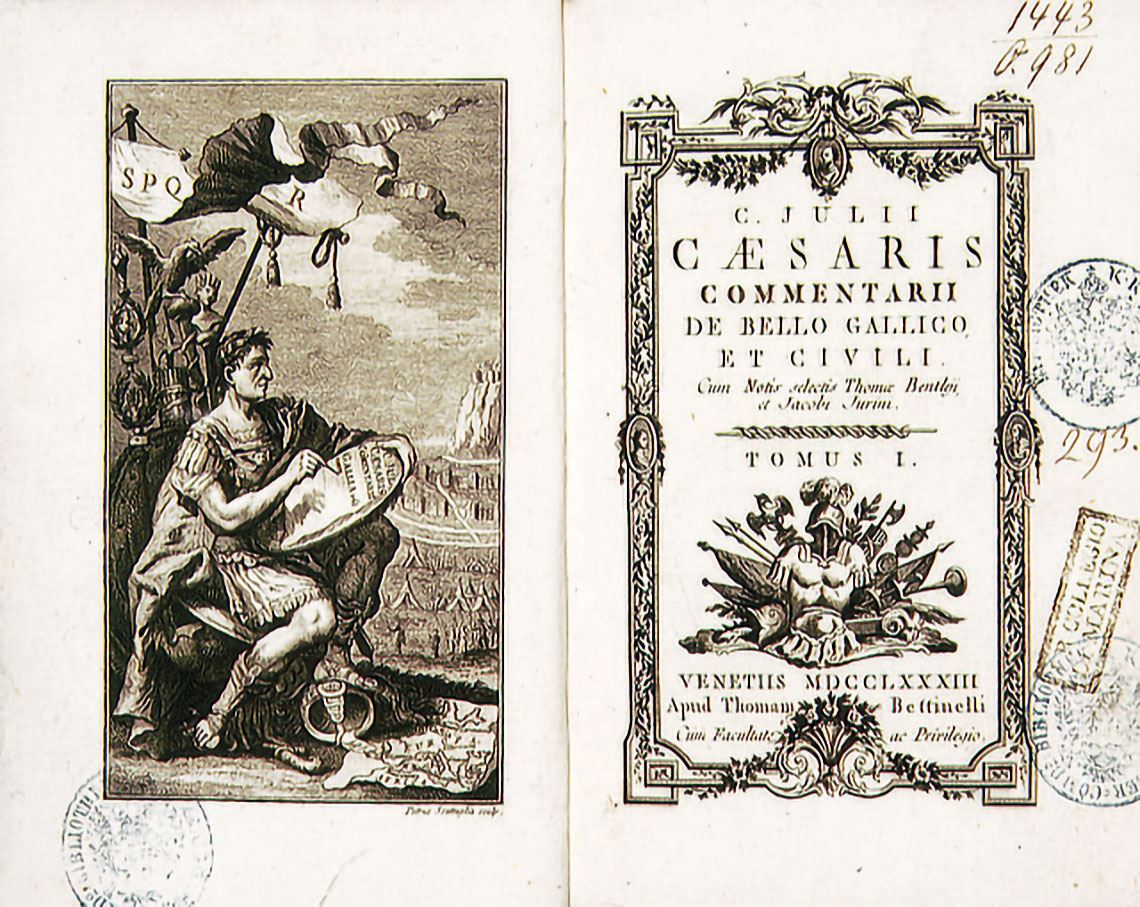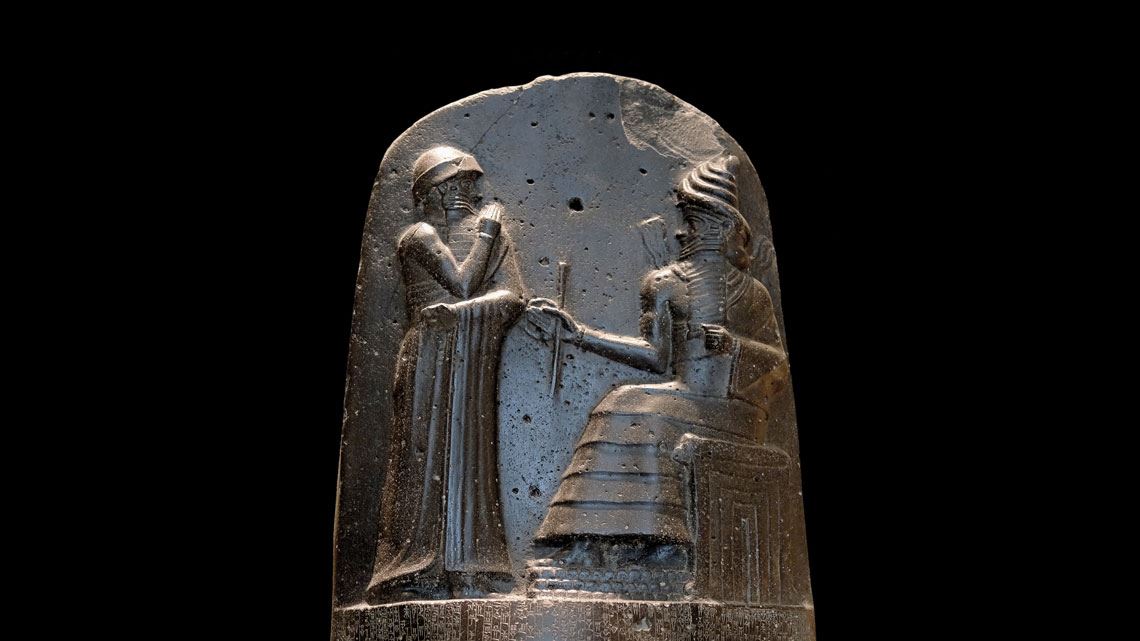In the winter of 1970, a university history teacher who had recently completed his doctorate at the University of São Paulo (USP) decided to produce a book that might—in addition to serving as a source for the study of works as yet inaccessible in Portuguese—help his colleagues in the incipient art of teaching ancient history in Brazil. The setting for the project was the College of Philosophy, Sciences, and Letters of Assis, in the state of São Paulo, which today is part of the São Paulo State University (UNESP) system. There, a team consisting of four students and three teachers began working on a book that would quickly become a reference work in classrooms not only in higher education, but also at the high school level.
Conceived and edited by Jaime Pinsky, now a retired professor at the University of Campinas (UNICAMP), the book 100 textos de história antiga (100 texts from ancient history) will celebrate its fiftieth anniversary in early 2022. Since its launch in February 1972 the book has never been out of print, becoming a landmark in the teaching of ancient history in Brazil. “I can’t say exactly, but I estimate that sales are at around 100,000 copies,” says Pinsky. The content available in its 153 pages remains practically the same. “In addition to minor spelling corrections, we made changes to adapt it to the 1990 Portuguese Language Orthographic Agreement,” he adds.

Reproduction
Cover for the book’s 50th anniversary issueReproductionThe idea of composing the work arose from needs Pinsky perceived during his teaching practice, and from hearing of the difficulties other professors also had obtaining historical documents that could supplement their Antiquities teaching and research activities. “Working as a professor of ancient history wasn’t easy in the 1960s. Although the subject was part of the mandatory curriculum for a history degree, there were few professors prepared to offer it. As an improvised solution, priests, Latinists, people from the legal fields, and lovers of classical culture and biblical studies ended up responsible for the discipline at many schools,” says Pinsky in a text about the commemorative edition launched this year. Added to this situation was the requirement that students have a command of languages such as Greek, Latin, and Hebrew. “These were, and continue to be, attributes that only an elite group of students might have,” he observes. “Such a requirement wasn’t consistent with the idea of expanding access to Brazilian universities, which, at that time, had just begun to receive students from the working class,” says Pinsky. Students who spoke English or French were able to access some of these writings, which had previously been translated into one of those languages, but most of the texts remained inaccessible.
Pinsky began the task encouraged by his doctoral advisor, Eurípedes Simões de Paula (1910–1977), who in the 1930s was part of the first generation of historians trained at the University of São Paulo (USP) and in 1961 was one of the founders of the National Association of University History Professors (ANPUH). After making known his intention to produce the work, Pinsky discussed the idea with other professors and interviewed students from the history and letters programs at the Assis College. “I selected the students taking into account their knowledge of classical languages,” he says.

Wikimedia Commons
An illustration by Hermann Vogel, from 1882, of the death of Spartacus during the slave revolt in RomeWikimedia CommonsThe work of translating and proofreading the texts began in the mid-1970s, and included discussions on the spellings of names and concepts, especially those in Greek, a language with which Pinsky was less familiar. “At the school we had experts in linguistics, historical grammar, and classical literature, as well as an excellent library,” recalls Pinsky. For a full year he and his group worked on selecting, translating, and revising the material to be included in the book, bringing together authors such as the philosopher Aristotle (384 BCE–322 BCE), with historians Plutarch (c.46–c.120 CE), Herodotus (485 BCE–425 BCE), Arrian (c. 92–c. 175 CE), Titus Livio (c. 59 BCE–17 CE) and Julius Caesar (100–44 BCE). Also included were excerpts from the Bible, such as Exodus and Genesis, and selections from the Code of Hammurabi, a set of laws created by the sixth king of Sumeria in Mesopotamia during the eighteenth century BCE.
Pinsky also used texts from the collection Ancient Near Eastern Texts Relating to the Old Testament (ANET), edited by the American archaeologist James Bennett Pritchard (1909–1997), published in 1950 by Princeton University Press in the United States. The collection is composed of mythological, liturgical, legal, and secular texts from the Ancient Near East. “ANET became a reference by bringing texts originally written in Mesopotamian languages into English. With the documents extracted from this collection, we only worked on translating from English into Portuguese,” explains Pinsky, who, by the end of the team’s work, had in hand 97 translated texts, rigorously verified with his collaborators on the project. The result of their effort was received by Eurípedes Simões de Paula with a new challenge. “Why 97?” he asked. “Get three more good texts and the book will be called ‘100 texts of ancient history,’” the historian advised, in effect giving the work its name.

Wikimedia Commons
The cover of a French edition of Commentarii de bello gallico from 1783Wikimedia CommonsThe first edition, published—using the now-obsolete linotype system—by the Hucitec press, was ready and printed in November 1971, but was only officially released the following year. “As it was the end of the year, the editor decided to give it the1972 publication date so that it wouldn’t get ‘old’ in a few months,” recalls Pinsky. The work soon became popular with professors and students and was integrated into bibliographies for degrees in history, law, philosophy, and letters. In 1980, the book became part of the Global publishing house catalog in a collection entitled Bases (Fundamentals)—until 1988, when Pinski published the eleventh edition through his own publishing company, Contexto, founded in 1987.
“One of the essential attributes of the book is that it introduced, in a broad sense, the very important notion that history is made up of documents and not just modern literature,” says ancient history and archeology scholar Pedro Paulo Abreu Funari, from the Institute of Philosophy and Human Sciences (IFCH) at UNICAMP. In addition to presenting the texts based on themes rather than in chronological order, the most common method until then, the work doesn’t disassociate classical history from Eastern history, instead bringing the paths of civilizations that emerged in Mesopotamia, such as the Hebrews and Egyptians, together with those established in the West, like the Greek and Roman cultures.
Text 52 | The Roman Republic | Polybius, Universal History, VI, 6 and 7
Distributed across 11 chapters that cover contents such as slavery and social justice, wars of conquest, myths, hymns and worship, political systems and bodies, and human groups and property, among others, the texts consist mainly of excerpts from larger documents. The concept is that all of them promote the understanding of historical processes not only from established works like the Code of Hammurabi, but also in combination with lesser-known texts, such as the narrative of the historian Floro (c. 74–c. 130 CE), a Roman author who wrote about the slave revolt led by Spartacus. “The use of direct sources, whenever possible, such as those collected in this book, allows for different interpretations than those made using literature produced about the documents,” adds Funari.
In the collection it’s possible, for example, to read the geographer and historian Polybius (c. 203–120 BCE) discourse on the different powers that made up the Roman Republic and their respective attributions, highlighting the importance of the Constitution to the success of Roman conquests in the Mediterranean territories. “This is a document of fundamental importance for understanding the separation of powers between the Executive, Legislative, and Judiciary branches of government, a formula that centuries later would be adopted by democratic regimes around the world,” says Funari. Another memorable passage in the book occurs when the prophet Amos (?–745 BCE), speaking on social justice, states: “Justice rolls down like water, and righteousness like a perennial stream.” The metaphor, cited in the 1960s by American Baptist pastor Martin Luther King, Jr. (1929–1968), is related to the struggle for civil rights and is frequently brought up in political debate.
Investigations of historical processes based on analyzing documents from Antiquity often contribute to the understanding of later events, even when there is no apparent relationship between them. Julius Caesar’s strategy, explained in the classic Commentarii de bello gallico (Commentaries on the Gallic War), is based on the idea of “divide and conquer” and derived from his military experience in conquering Gaul, which in ancient times was formed by the Celtic lands of Western Europe corresponding to areas of modern France, Belgium, and Germany, as well as northern Italy. The strategy would subsequently be widely used in the wars of conquest conducted by Spain during the invasion of Mexico in the beginning of the sixteenth century, and by the British in their dominion over India beginning in 1858. In the biblical excerpt “The People Ask for a King: Saul,” the prophet Samuel (c. 1056–1004 BCE) warns the newly-formed people of Israel about the difficulties that could arise from the search for a monarch strong enough to unite the disparate groups around him. “These are very resonant themes nowadays because they deal with populism, dictatorships, and other social conflicts that are still with us today,” Funari says.

Wikimedia Commons
In the fresco titled The School of Athens, the Renaissance master Raphael portrays Aristotle (standing in blue robe, center) holding his Nicomachean EthicsWikimedia CommonsAncient history is defined as the period beginning with written language and the formation of early civilization, around 3200 BCE, and ending in the year 476, with the fall of the Roman Empire in the West. In Brazil, the most significant growth in the training of teachers specializing in this period can be observed from 2000 onwards. “Before that, it was very common for Brazilian or contemporary history scholars to assume the chairs of ancient history due to the scarcity of PhDs specializing in that period,” explains Fábio Augusto Morales, a professor of ancient history in the Department of History at the Federal University of Santa Catarina (UFSC).
The expansion of university access brought about by the process of federalizing higher education institutions during the 1960s, and the growth of private colleges two decades later, led to increased hiring of professors at history programs throughout Brazil, who found in Pinsky’s book a source for improving the content covered in their discipline. “A work like this allows teachers and students to analyze and interpret primary sources, turning expository classes into history workshops,” says Morales, who began using the book in 2001, when he was still teaching high school.
Reading texts about violence, slavery, infanticide, and the role women played in society can frequently shock unprepared readers. “You have to go through the exercise of situating each element in its own time. The concept of violence in the ancient world, for example, was very different from ours today,” says Erica Cristhyane Morais da Silva, from the Department of History at the Federal University of Espírito Santo (UFES), who discovered Pinsky’s book during her undergraduate studies in history at UFES, in the late 1990s. Silva highlights another of the publication’s attributes, in addition to having been organized and translated under the coordination of a historian, which is that it presents the documents without introductory texts that could influence a reader’s interpretation of the content. “This arrangement gives the teacher autonomy to conduct discussions in the classroom based on the relationship between the present and the past,” she concludes.
Republish

